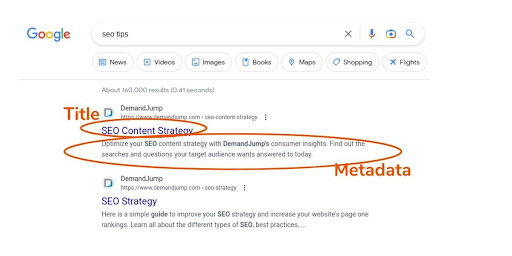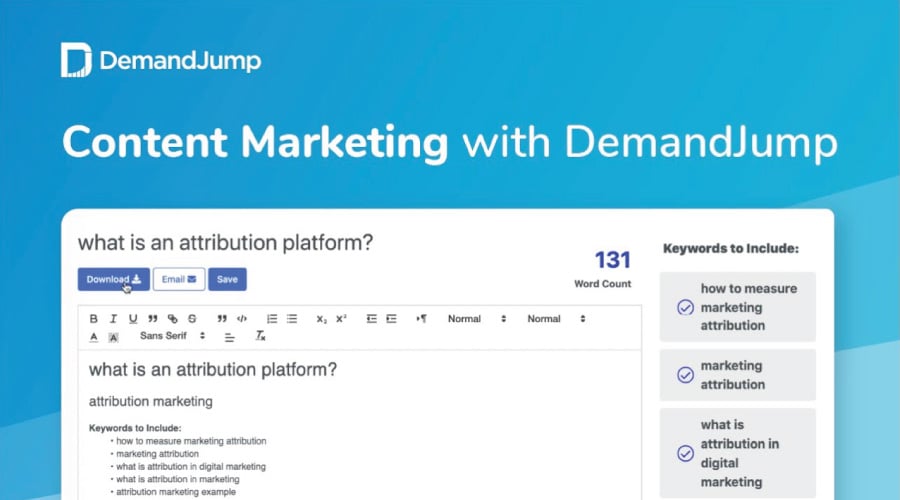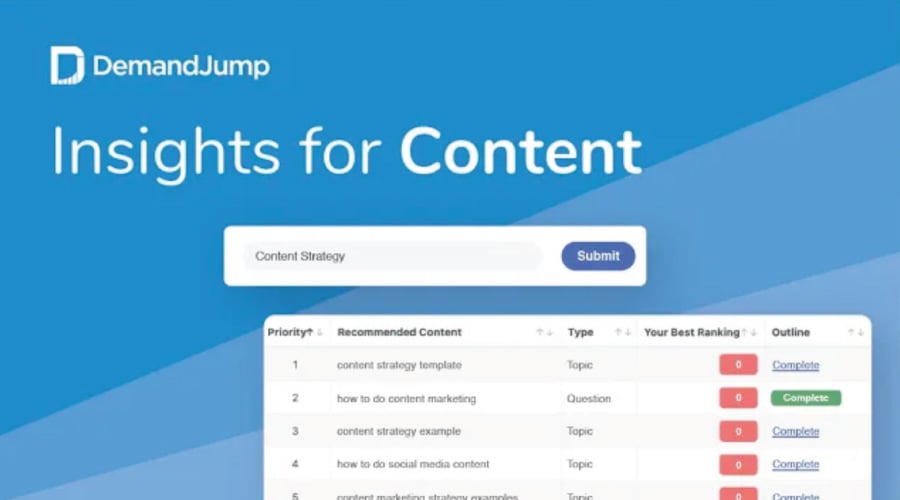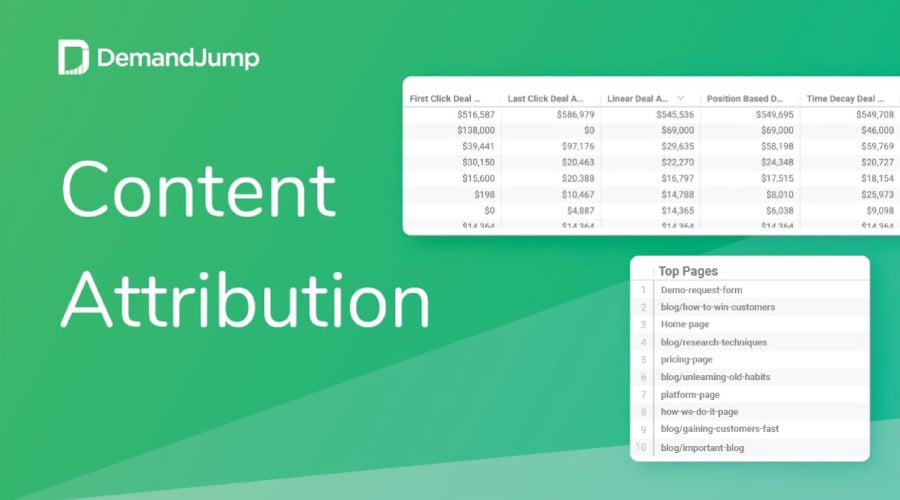When you’re trying to plan the right SEO strategy for your business, it can feel like a never-ending jigsaw puzzle of moving pieces. While this may be frustrating, you are not alone! Search engine optimization is constantly changing as the algorithms of search engines evolve, which can trip up even seasoned professionals. To make things even more confusing, it can often feel like you keep hearing different advice.
That’s why we put together this guide on how to improve your SEO rankings in 2023 that focuses on simple SEO tips and tricks and the reasoning behind them. This way you can understand the why behind what you’re doing and customize a strategy that really works for you.
We didn’t want to just give you a big ol’ list of 100 tips to sort through, so we’ll break them down by the element of SEO they relate to. These elements include:
- Keyword choices
- Writing good content
- Title and Metadata
- Images
- Internal Linking
How to Increase SEO with Keywords
Keywords are the phrases and questions people are typing into search engines to learn more about. Choosing the best keywords for your website is a combination of art and science—balancing search volumes, keyword competition, relevance to what you offer, and assumed search intent. Ideally, you want to strike this balance just right and pick keywords to include on your site that a big chunk of your ideal customers are out there looking for.
Here are some top SEO keyword tips to help you get it right:
- Use a good SEO keywords tool - Although it’s certainly possible to manually search for keywords (by looking at “People also ask” suggestions on Google, or what your competitors are writing about), it’s time consuming and doesn’t always yield the best results. Using a keyword research tool, like DemandJump, that’s specially designed to find high-value keywords with their search volumes makes the process faster and can ultimately increase ROI.
- Consider the size of your reach - If you’re a big name in the world of marketing, it might make sense for you to target “Marketing” as one of your keywords. But if you’re just getting started or have a smaller following, you’ll probably be more successful choosing a keyword with a little less competition, like “SEO Marketing” or “Content SEO Marketing.”
- Include a mix of short- and long-tail keywords - Short-tail keywords contain three words or less, and are generally broader in their reach. They typically get more traffic, but may not be as specific to your ideal audience. Long-tail keywords have more than three words, normally get less traffic, but can be more specialized to who you want to reach. Having a mix of both gives you the best of both worlds. For instance, with this article, DemandJump’s platform suggested the short-tail keyword “SEO tips 2023” and long-tail keyword “What are the 3 core must-haves of SEO.”
- No keyword stuffing - Long gone are the days when search engines rewarded websites that used a few keywords over and over again. In fact, now they actively punish websites that try this trick. Choose good keywords and only use them in ways that feel natural—this honest technique will make your readers and the search engine happier.
If you’re already doing these best practices with keywords for your website—great job! Here are a few more keyword optimization examples for some advanced SEO keyword tips.
- Run a keyword audit - Go through the content on your website already and map out which keywords have been used in what pieces. Compare the keywords already in use on your site to an SEO keyword generator, like one from DemandJump. Change and alter keywords in your existing content to better align with the keywords that matter most.
- Add more current keywords - People’s search behavior changes over time, so the keywords they’re using does too. Revisit some of the best performing pages of your site that haven’t been updated recently, and see if you can add some fresh new keywords to boost it even higher.
How to Rank Higher on Google by Writing Good Content
Now that you’ve chosen the right keywords to include on your webpages, it’s time to put pen to paper—or fingers to keyboard. But how do you transform a list of keywords into webpage copy that will deliver the SEO results you want? Here’s some quick tips to get you started.
- Write content humans want to read - Don’t stuff in all your keywords and call it a day. Write readable, useful content designed for human readers. Aim to please your real potential customers, and the search engine algorithms will like it, too. Have someone proofread your work before you post it; there will always be some grammar mistakes or unclear sentences that can be improved that someone else will find.
- Make it long enough - Algorithms like meatier content. That’s why you have to read about someone’s whole vacation before you get to the recipe you’re trying to cook—because the person writing the recipe blog knows that if it's only a recipe and nothing else, it won’t show up in your search results. Aim for 1,000 words for a blog, and 2,000 to 3,000 words for broader, more important articles called pillars that we’ll talk about later.
- Cite your sources - Linking to credible sources on your website shows search engines that you’re connected to the legitimate web of resources online on a subject. So if your content topic is about COVID-19, linking to resources from the Centers for Disease Control and World Health Organization shows the algorithms and your readers that you’re sharing good information.
- Break it up - No one likes to read a huge block of text to find the specific info they’re looking for. Keep your readers engaged and able to skim effectively for what they came to find out by using headings, subheadings, and bulleted lists. This also helps Google know what your page is about, since it “reads” these, too. In fact, keywords in headers will have more SEO juice than those in the body of the article, so think about using keywords here especially.
How Do I Improve My SEO Ranking with Page Titles and Metadata?
Once you’ve crafted great content for a page, the title and metadata can really help it go that extra mile. The title of your page is simply the phrase at the top that you format as the title. The page metadata is the snippet of code that tells search engines what your page is about in a little more detail than the title. This metadata is also visible to your audience as the brief summary below the title in the search engine results (SERPs).

Here are a few tips on how to get the most out of your title and metadata on each page.
- Be thoughtful with the title - The title of your page should include an especially high-value keyword that aligns strongly with the overall topic you want searchers to find you with. Ideally, all the other keywords you choose for a piece should relate back to this main, title keyword to show Google that your page really addresses the topic in detail.
- Avoid clickbait-y titles - Although spicing up your title to make people want to click on it may seem like a good idea, this actually makes it harder for search engines to know what the page is really all about. And if the title isn’t clear about the topic you’ll actually be covering on the page, you risk the people you really want to find it not seeing it at all. Save your creative titles for social media or newsletter copy to promote your new blog!
- Metadata description needs keywords too - This description should tell readers and crawlers more about what’s on the page than the title does. If you can do it and get most of the keywords from the title in, even better. For example, the title for this blog is “Simple SEO Tips for Better Rankings” and the meta description is “Learn easy SEO tips to improve your search engine rankings. Explore tricks that really work for keywords, content, images, linking strategy, and more.”
- Check your character count - You want your titles and meta description to explain what a webpage is about, but also to keep it brief so people can read them quickly and they’ll show up fully on mobile devices. Best practice is to keep titles under 50 characters and meta descriptions to 140-155 characters to make Google and your readers happy. As a reference, in our examples from this blog (above), the title is 35 characters and the description is 150 characters.
What Are the Main SEO Strategies for Images?
Pretty pictures make everything better, especially webpages! Readers and search engines both like them, so here’s how to get the most from yours:
- Have enough - Get at least three images on each page, more for longer content—think roughly one image per 300 words of text for blogs and other long-form content. They not only visually break up the piece to make it easier and more fun to read, but they can also make what you are saying clearer.
- Mix it up - Don’t just use pictures, but try a variety of image styles. Stock images, infographics, charts, pull quotes—there’s a whole world of different kinds of images you can delight your readers with.

- They all need alt text - Alt (alternative) text is the word description you add to a picture to tell search engines what the picture looks like (since Google can’t actually “see” pictures). Clearly and concisely describe the picture, and include words from your SEO keywords list for an extra boost. For example, the image above uses the alt text “multiple image styles to use for better SEO rankings in a blog.”
How to Improve my Business SEO with an Internal Linking Strategy
You’ve followed all the best SEO recommendations for a website so far, and created a beautiful blog that’s sure to impress. Great work, but you’re still not done! Search engine crawlers prioritize content from websites that are organized clearly—because their little AI brains can understand this structure most easily. Here’s how:
- Be a topic authority - Choose one main topic that your entire website is about. Our website is about content marketing for SEO, and all our blogs and webpages are broadly about this and closely related topics. If we suddenly published a great blog about the best cheeses in the world, search engines would get confused about what our site did, and our cheese blog (and all our other blogs) would get dinged on SERPS.
- Use URLs to your advantage - Make the url for each blog fit this pattern: yoursite.com/the-title-of-the-blog. Crawlers and readers instantly understand where they’re going, and you get an extra boost from the keyword in your title too.
- Consider using the Pillar-Based Marketing (PBM) structure - PBM uses the basic idea of creating a pillar page (about your broadest, main topic) and then linking support pillar pages (slightly more specific) and blogs (most specific) all back to that main pillar. Search engines are sent the clear signal that the pillar page is the main authority page for your site, and that you provide readers with good supporting pieces to that main idea.
How To Do SEO for Your Website Step-by-Step
At DemandJump, we know content marketing can return the SEO rankings you want—we’ve seen it happen time and time again for our customers and ourselves. But we also know that it can feel nearly impossible to know where to jump in to be successful. That’s why our platform is designed to show you how to truly harness SEO for the business growth you want.
So what are the 10 steps to improve SEO rankings that DemandJump will take you through?
- Choose your competitors
- Research your topic options
- Pick a pillar topic
- Determine your sub-pillars
- Set your blog topics
- Deep dive on your pillar to choose your keywords
- Write your pillar
- Rinse and repeat with sub-pillars and blogs
- Publish in a block
- Track your organic ranking improvements and watch your site climb to Page 1!
When you’re ready to get started, your free account awaits.













